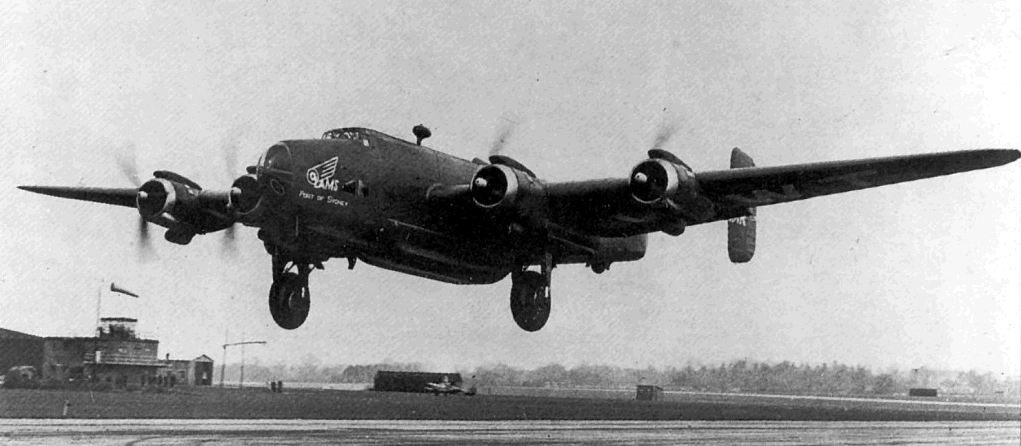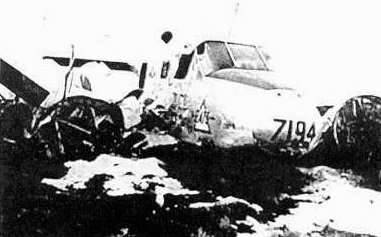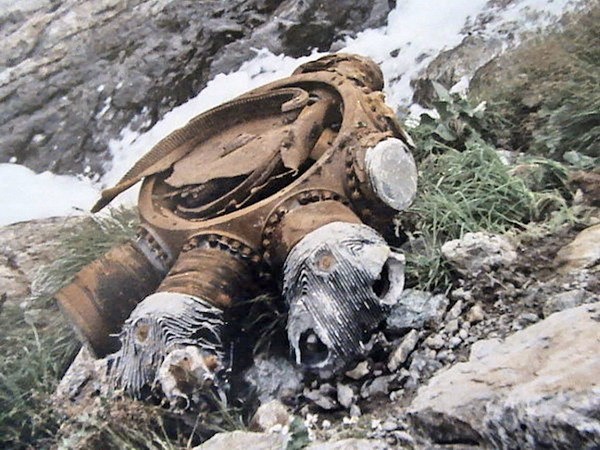Crash of a Handley Page H.P.70 Halifax VIII in RAF Bovingdon
Date & Time:
Sep 5, 1947
Registration:
G-AIWT
Survivors:
Yes
MSN:
1338
YOM:
1946
Crew on board:
4
Crew fatalities:
Pax on board:
0
Pax fatalities:
Other fatalities:
Total fatalities:
0
Circumstances:
Crashed on landing for unknown reason. There were no casualties but the aircraft was written off.





